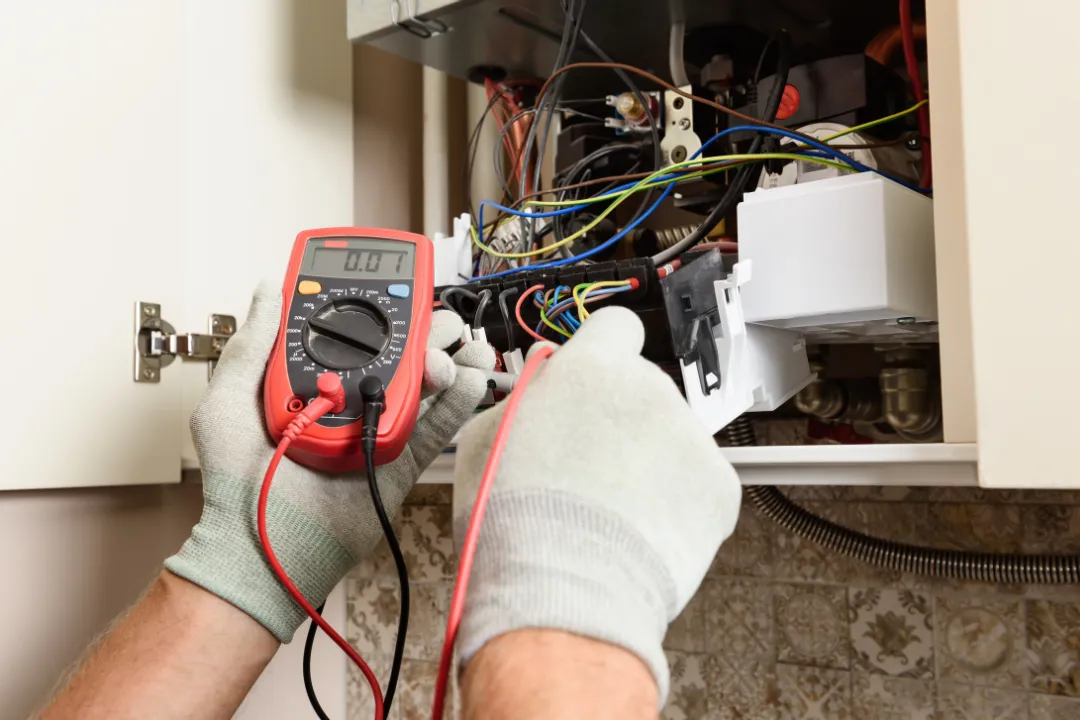Blogs

Preparing Your Boiler for Winter: A Checklist
As summer draws to a close and the days start to shorten, thoughts often turn to the cooler months ahead. While many people focus on enjoying the remaining warm weather, it’s essential not to overlook the importance of preparing your home for winter. One critical task that often gets neglected during the summer is ensuring your boiler is ready for the colder months. Proactive maintenance can prevent unexpected breakdowns and keep your home warm and comfortable. Here’s a comprehensive checklist to prepare your boiler for winter.
1. Schedule a Professional Service
The first and most crucial step in preparing your boiler for winter is to schedule a professional service. Boilers should be serviced annually to maintain efficiency and safety. A qualified heating engineer will check for any potential issues, clean vital components, and ensure everything is working correctly. This preventative measure can save you from costly repairs and inconvenient breakdowns during the colder months.
2. Check the Boiler Pressure
Boiler pressure is a critical aspect of its efficient operation. Over time, boilers can lose pressure, which can affect their performance. Check your boiler’s pressure gauge – it should typically be between 1 and 2 bars when the system is cold. If the pressure is too low or too high, refer to your boiler’s manual on how to adjust it or seek professional help. Keeping the pressure at the correct level ensures your boiler runs smoothly and efficiently.
3. Bleed Your Radiators
Air can get trapped in your radiators, causing them to heat unevenly. Bleeding your radiators releases trapped air and ensures they heat up properly. To do this, turn off your heating and use a radiator key to open the valve at the top of each radiator. Once water starts to escape, close the valve. This simple task can significantly improve your boiler’s efficiency and the warmth of your home.
4. Test Your Thermostat
Your thermostat plays a vital role in regulating your boiler and maintaining a comfortable temperature in your home. Test your thermostat to ensure it’s working correctly. Set it to a higher temperature and see if the boiler responds by firing up. If there are any issues, consider replacing the batteries or upgrading to a smart thermostat for better control and energy savings.
5. Inspect for Leaks and Corrosion
Inspect your boiler and the surrounding pipework for any signs of leaks or corrosion. Even small leaks can lead to significant problems if left unchecked. Look for water stains, rust, or damp spots around the boiler and its connections. If you notice any issues, contact a professional heating engineer to address them promptly.
6. Check the Pilot Light
If your boiler has a pilot light, make sure it’s burning a steady blue flame. A yellow or flickering flame can indicate a problem, such as a blockage or an issue with the gas supply. If you’re unsure about the state of your pilot light, seek professional advice to avoid potential safety hazards.
7. Clear the Area Around Your Boiler
Ensure the area around your boiler is clear of clutter and flammable materials. Good ventilation is crucial for the safe and efficient operation of your boiler. Keeping the surrounding area tidy also makes it easier to spot any potential issues that may arise.
8. Test the Carbon Monoxide Detector
A carbon monoxide detector is a vital safety device if you have a gas boiler. Test your detector to ensure it’s working correctly and replace the batteries if necessary. Carbon monoxide is a dangerous gas that can be fatal if undetected, so this step is crucial for your safety.
While it might seem unnecessary to think about your boiler during the summer, preparing it for winter well in advance can save you from the stress and discomfort of a breakdown in the middle of a cold snap. By following this checklist, you can ensure your boiler is in top condition, providing reliable and efficient heating when you need it most. Don’t wait until the first frost – take action now to keep your home warm and cosy all winter long, contact us for more information.

Areas Covered:
Address: North Norfolk, Hertfordshire and Bedfordshire